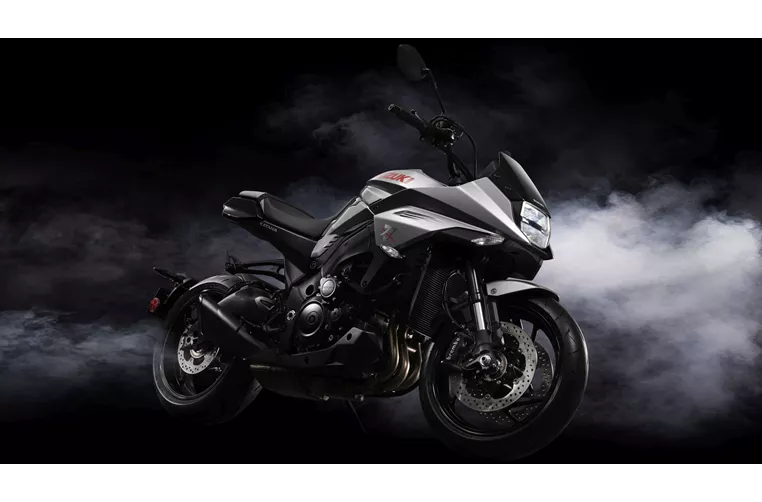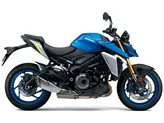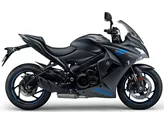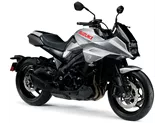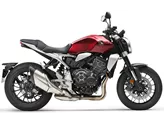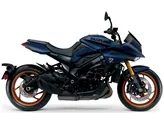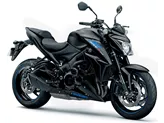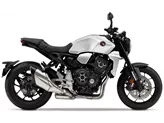Suzuki GSX-S1000 2016 vs. Suzuki GSX-S1000S Katana 2019

Suzuki GSX-S1000 2016
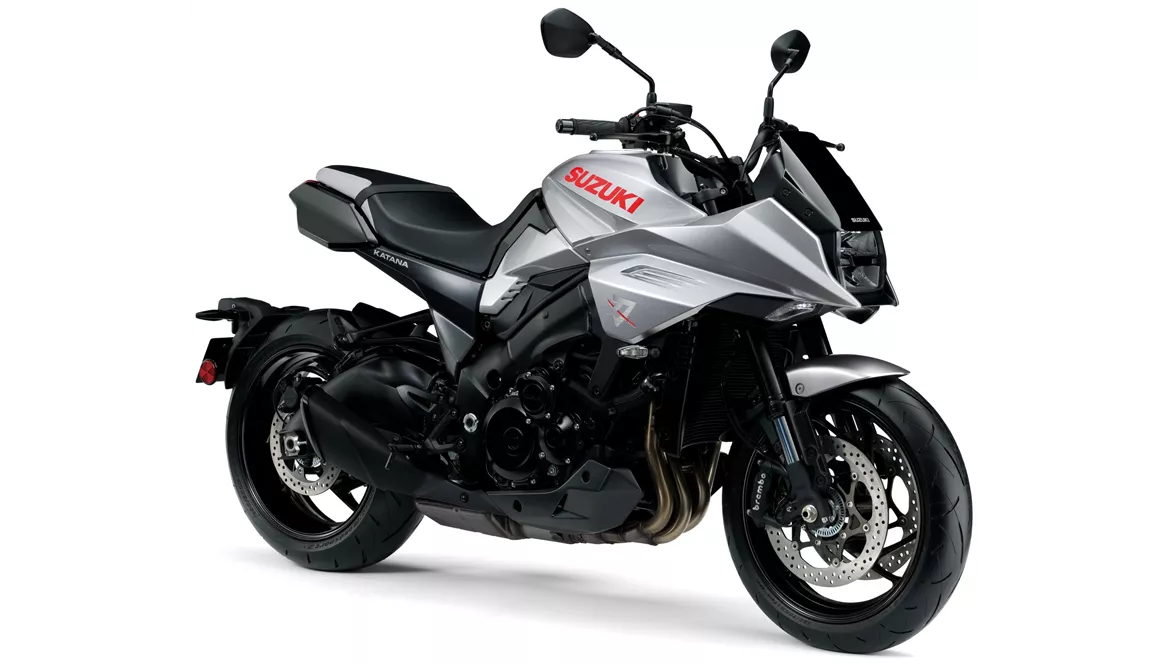
Suzuki GSX-S1000S Katana 2019
Overview - Suzuki GSX-S1000 2016 vs Suzuki GSX-S1000S Katana 2019
The Suzuki GSX-S1000 2016 and the Suzuki GSX-S1000S Katana 2019 are both powerful naked bikes with similar technical specifications. They both have an in-line four-cylinder engine with a displacement of 999cc, producing 149 HP and 150 HP respectively. They also have the same torque output of 106 Nm and 108 Nm. Both bikes have a fuel injection system and a chain transmission.
In terms of suspension, both bikes feature upside-down telescopic forks at the front with a travel of 120 mm and adjustable compression, preload, and rebound settings. The rear suspension consists of a swing arm with a monoshock and deflection shock mount, offering a travel of 130 mm. The rear suspension also has adjustable preload and rebound settings.

Suzuki GSX-S1000 2016
Both bikes have an aluminum frame with a twin tube design, providing stability and control. The front brakes on both models are double disk with a diameter of 310 mm and four-piston calipers. They also utilize radial technology for improved braking performance. Additionally, both bikes are equipped with ABS for advanced rider assistance.
In terms of dimensions and weights, both bikes have the same front and rear tire sizes of 120 mm width and 17-inch diameter. They also share the same wheelbase of 1460 mm. However, there are slight differences in seat height and weight. The GSX-S1000 2016 has a seat height of 815 mm and a kerb weight of 209 kg with ABS, while the GSX-S1000S Katana 2019 has a slightly higher seat height of 825 mm and a kerb weight of 215 kg with ABS. The GSX-S1000S Katana 2019 also has a smaller fuel tank capacity of 12 liters compared to the 17 liters of the GSX-S1000 2016.
In terms of strengths, the GSX-S1000 2016 is praised for its powerful engine, good braking control, stable and sensitive chassis, comfortable seating position, and relatively low price. On the other hand, the GSX-S1000S Katana 2019 is commended for its powerful and confident in-line four-cylinder engine, unique and independent look, comfortable seating position, easy handling, triple-adjustable traction control, and good braking system.
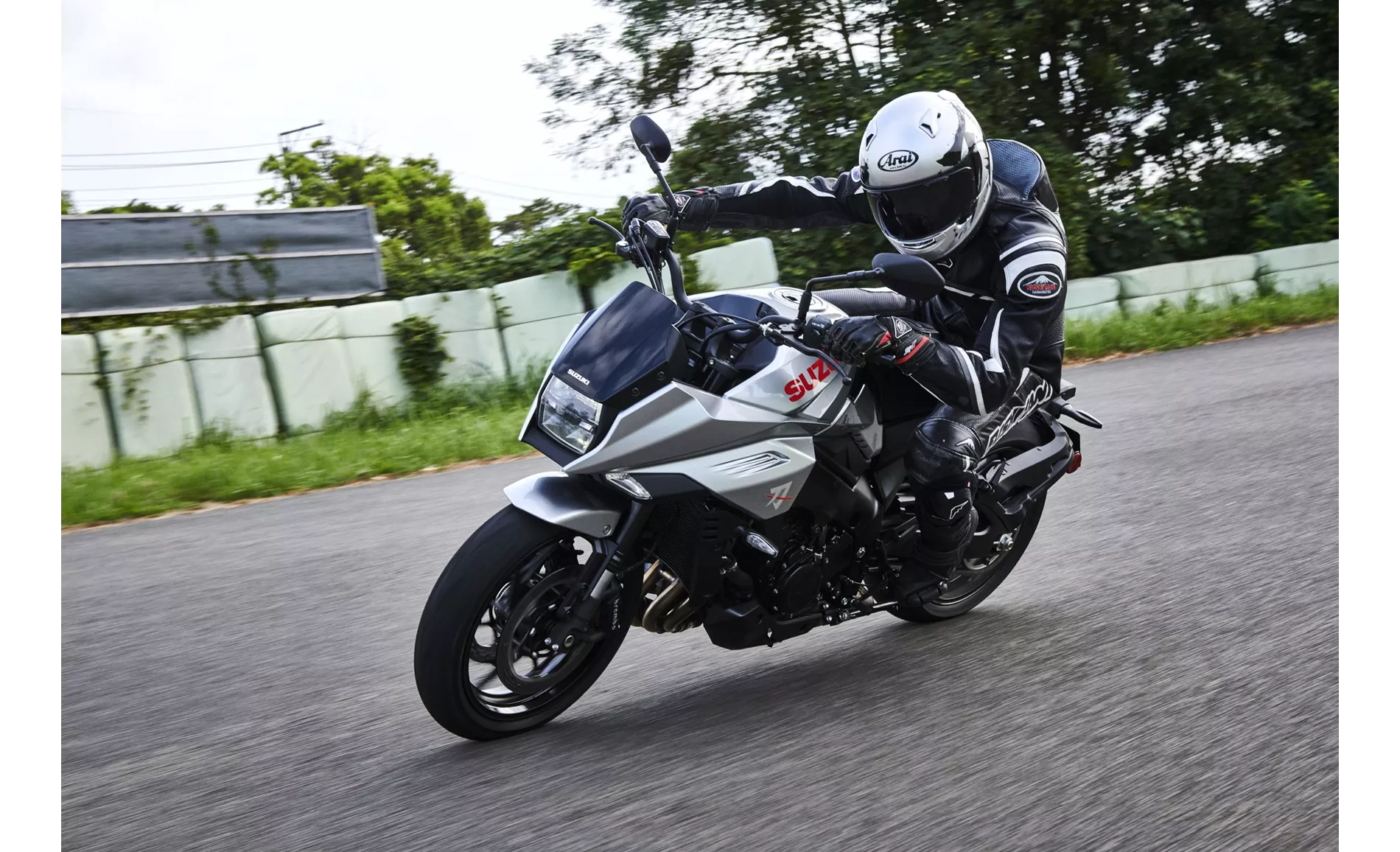
Suzuki GSX-S1000S Katana 2019
However, both bikes have their weaknesses. The GSX-S1000 2016 is criticized for its front end appearance, which some may find too aggressive. It is also noted to have a slightly toxic throttle response in the lower rev range. On the other hand, the GSX-S1000S Katana 2019 is said to have few electronic features compared to its base model, the GSX-S1000, and it has a relatively higher price tag.
In conclusion, while both the Suzuki GSX-S1000 2016 and the Suzuki GSX-S1000S Katana 2019 share many similarities in terms of technical specifications, they also have their distinct strengths and weaknesses. The GSX-S1000 2016 offers a powerful engine and good value for money, while the GSX-S1000S Katana 2019 stands out with its unique design, advanced traction control, and improved braking system. Ultimately, the choice between the two models will depend on individual preferences and priorities.
Technical Specifications Suzuki GSX-S1000 2016 compared to Suzuki GSX-S1000S Katana 2019
Pros and Cons in comparison
Pros and Cons in comparison
Suzuki GSX-S1000 2016
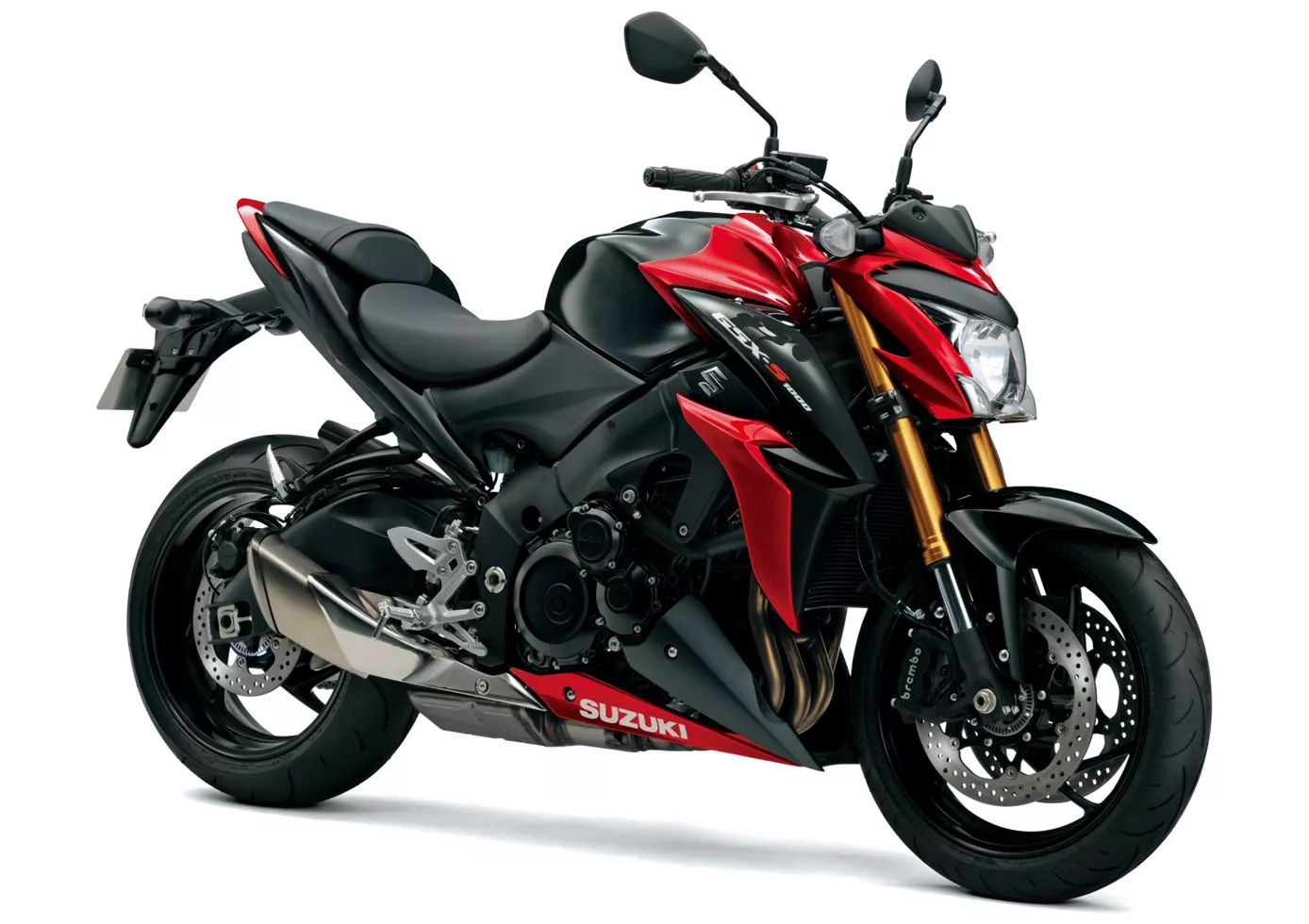
Some might be surprised that after waiting so long, Suzuki did not launch the ultimate, uncompromising power naked bike. Instead, the Suzuki GSX-S 1000 with its 149 hp seems almost too well-behaved. But once you ride it on the race track, you quickly realise that the engine is far more powerful in real life and that the rest of the performance of the chassis and braking system is also impressive. In return, it also offers a large portion of everyday and practical suitability - not bad ingredients when you have to cover everything from everyday to race track with a single bike.
Suzuki GSX-S1000S Katana 2019
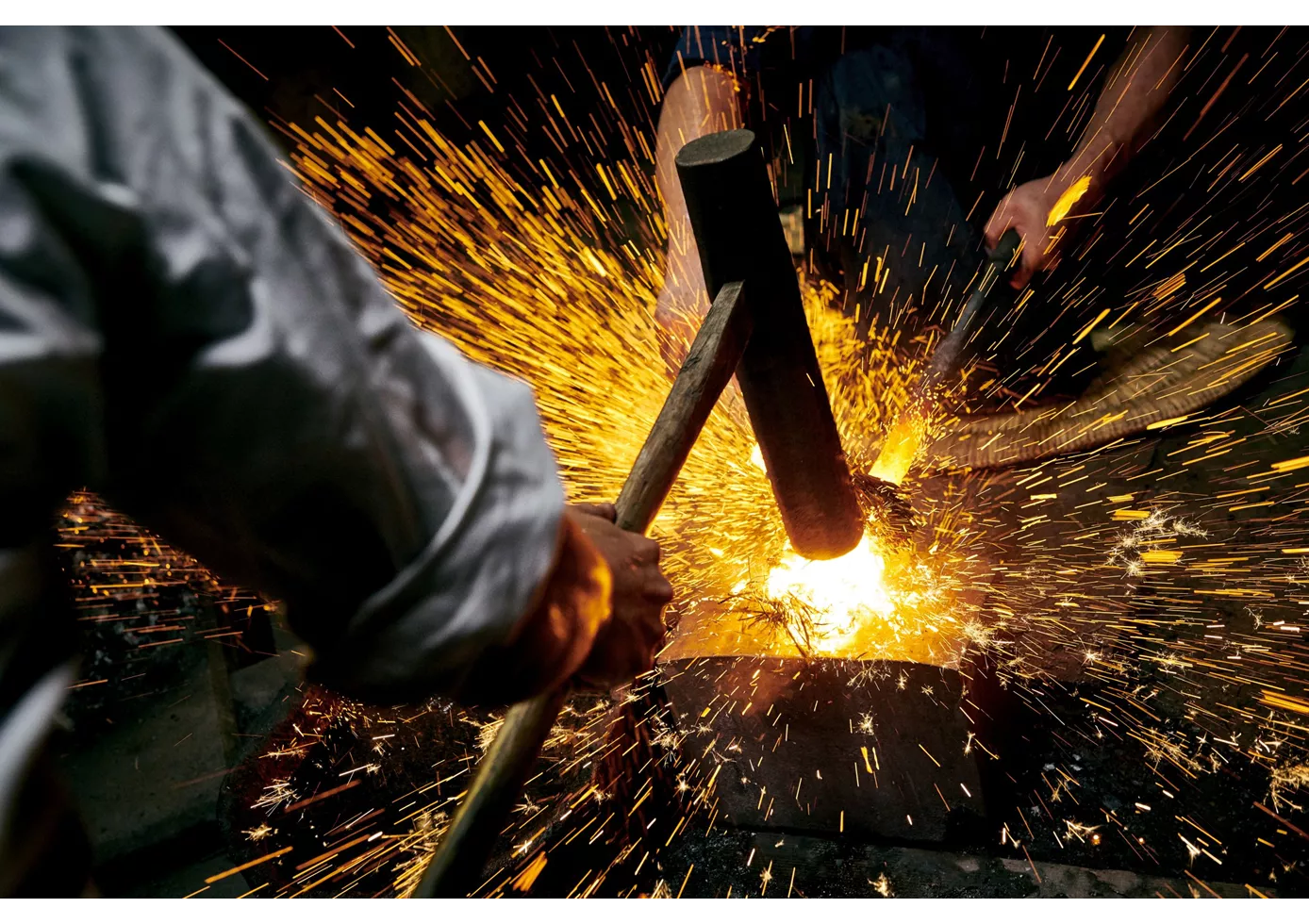
The new Suzuki GSX-S1000S Katana is based on the naked GSX-S1000 and is therefore convincing in all its quality and inner values of a typical Japanese machine. Visually, the Katana additionally has what it takes to become a classic; after all, it is the first to pick up the style of the 1980s. The riding position is surprisingly comfortable and the high handlebars allow pleasant control. With its low front fairing, it doesn't become a distinct touring machine, but it certainly passes as a crossover bike that excellently combines retro, naked and touring.
Price Comparison Avarage Market Price Suzuki GSX-S1000 vs Suzuki GSX-S1000S Katana
There are a few key differences between a Suzuki GSX-S1000 2016 and a Suzuki GSX-S1000S Katana 2019. In terms of price, the actual average price of a Suzuki GSX-S1000S Katana 2019 is about 15% higher. A Suzuki GSX-S1000 2016 experiences a loss of 90 GBP in one year and 1,340 GBP in two years of ownership. This is offset by a loss of 3,070 GBP and 3,130 GBP for a Suzuki GSX-S1000S Katana 2019. There are the same number of bikes of both models available on the 1000PS.de marketplace, specifically 10. It takes less time to sell a Suzuki GSX-S1000 with 109 days compared to 225 days for a Suzuki GSX-S1000S Katana. Since model year 2015 1000PS.de editors have written 36 reviews for the Suzuki GSX-S1000 and 8 reviews for the Suzuki GSX-S1000S Katana since model year 2018. The first review for the Suzuki GSX-S1000 was published on 27/09/2014 and now has more than 17,100 views. This compares to more than 72,800 views for the first review on Suzuki GSX-S1000S Katana published on 02/10/2018.

